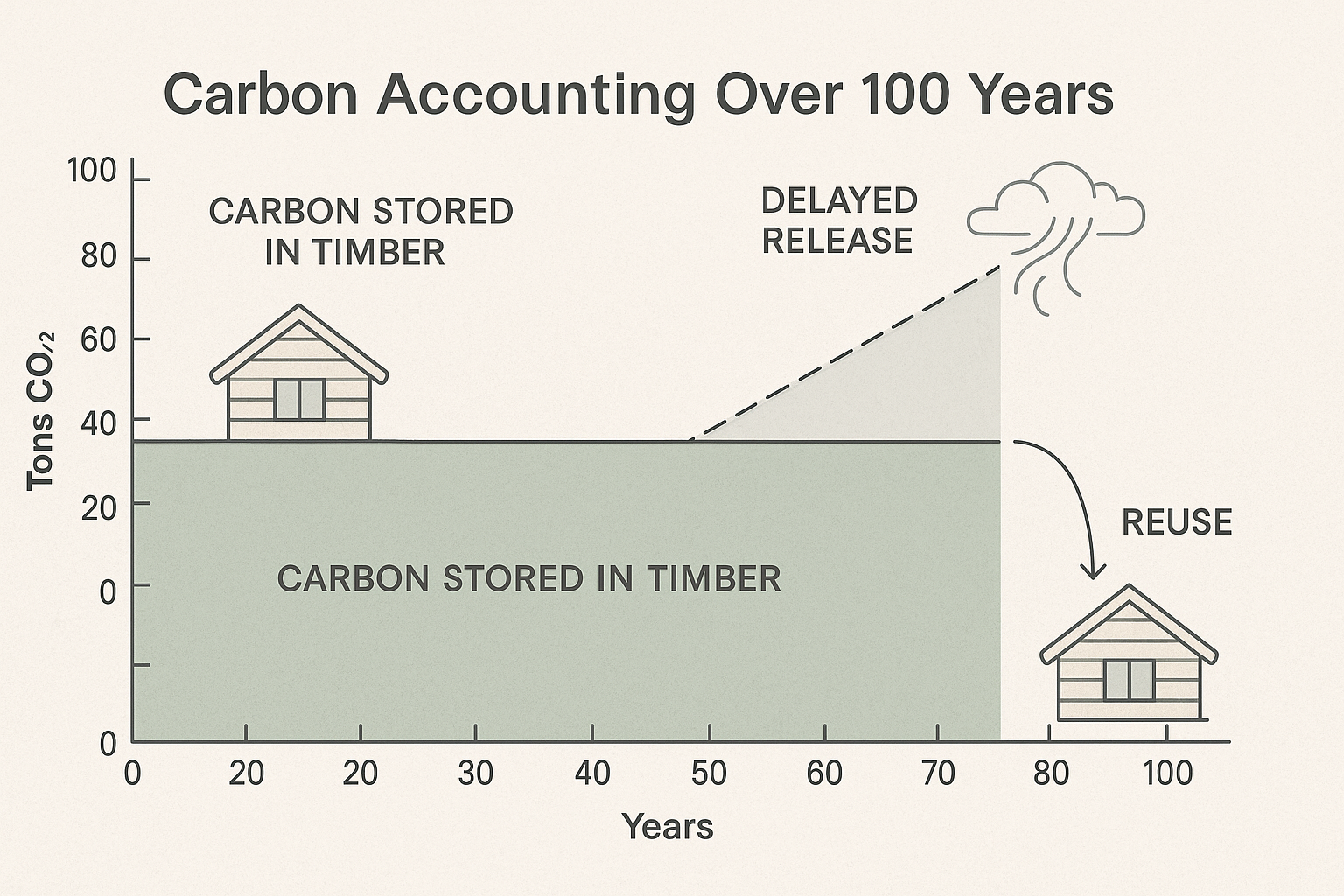After The Northern Miner launched the hunt for $1 million in gold last month, the response has been overwhelming – more than 430,000 website views, forums buzzing with theories, and adventurers plotting routes from coast to coast.
Now the momentum is building with the first bonus prize unveiled in Dawson City, Yukon – Canada’s historic heart of the 1890s Gold Rush.
Hidden in Dawson City: six one-ounce gold coins worth more than C$30,000 at today’s gold price. This is the first of 12 regional prizes rolling out across the country, each release offering fresh clues to both the bonus prize and the $1 million grand prize.
For the latest clue, read the article below; voici, la version française.
And watch the video: English | French
Keep your eyes (and ears) open. The clue is tucked into the content – no tricks, just keep careful attention…
Dawson City: Gold dust, bust and revival on the Yukon frontier
The revenge was sweet. Alexander “Big Alex” McDonald had left little more than a batch of rubber boots among the remnants salvaged from a stricken riverboat he was supposed to have split fairly with his business partner.
But in the Yukon’s muddy spring of 1898, the lumbering slow-talking miner, who had become known as the “King of the Klondike” for his vast gold holdings, was caught short and needed the wellies for his men.
His former partner, the sharp-eyed entrepreneur Belinda Mulrooney, had vowed to get even. She sold them to McDonald for $100 a pair (more than $1,200 today!) — payable in gold dust.
It was a classic Dawson City tale: opportunism, luck and reversals of fortune. During the height of the Klondike Gold Rush, this outpost near the Arctic Circle exploded into the largest Canadian city west of Winnipeg, its streets choked with prospectors, gamblers and merchants.
McDonald, once penniless, held stakes in dozens of claims. Mulrooney, who arrived with bolts of silk and thermoses to sell, became one of the richest women in the territory — not through mining, but by building roadhouses, transport lines and Dawson’s grandest hotel.
Today, Dawson City’s population is a fraction of what it was at its peak. But its story — one of sudden riches, collapse and careful reinvention — remains deeply etched in the region and national memory. From its Gold Rush origins to its quiet near-abandonment, and through its rebirth as a heritage centre and tourist destination, Dawson is one of Canada’s most remarkable examples of how a town can outlive the boom that created it.
The rush begins
The discovery of placer gold in the Klondike in August 1896 set off one of the world’s greatest gold rushes and forever altered the course of Yukon and Canadian history. Historic accounts of that landmark event recognize the role of Canadian prospector Robert Henderson and the bonanza strike made by American adventurer George Carmack, his wife Kate (Shaaw Tlaa), and her Tagish First Nation relatives — brother Skookum Jim Mason (Keish) and nephew Tagish Charlie, later known as Dawson Charlie (Kàa Goox).
Just weeks earlier, in July 1896, the Carmacks and their kin were camped at the junction of the Yukon and Klondike Rivers, a spot long used by the Hän people of the Tr’ondëk Hwëch’in First Nation as a seasonal fishing ground. Henderson stopped by their camp to boast of “colours” he had seen in a nearby creek he called Gold Bottom. But when he dismissed Jim and Charlie with a racist slur, the Indigenous men refused to stake ground alongside him. On their return journey, the group paused along Rabbit Creek — and there, in the streambed, they spotted fat nuggets of gold.
Who actually made the strike remains debated. Carmack claimed the honour, while oral histories in the Indigenous community credit Kate, who was fetching water for tea. Modern historians, weighing the evidence, largely agree that it was Skookum Jim who turned up the first glittering lump. Whatever the truth, it was the Carmack party, hardened by years of living off the land, who stood at the right bend of the creek at the right moment.
Within days, they had staked their ground. Rabbit Creek was renamed Bonanza, and within weeks prospectors swarmed the adjacent valleys to hammer their own stakes. A nearby tributary, Eldorado, turned out to be even richer in placer gold. Henderson, tragically, was too late to benefit; he had never even staked his own discovery at Gold Bottom and worked out his days on a meagre claim, convinced Carmack had wronged him.
News of the strike took a year to filter south to San Francisco and Seattle, but once it did, the stampede began. Tens of thousands of men and women packed up their lives and pushed north in 1897 and 1898, clawing their way over the forbidding White and Chilkoot passes in a desperate bid to reach the Klondike. At one point, some 22,000 souls were said to be clambering up the snow-choked Chilkoot, their dark line etched against the mountainside in an image that remains among the most indelible in Canada’s photographic record.
Town site
On the swampy flats where the Klondike and Yukon Rivers meet, merchant Joe Ladue saw opportunity. A French Huguenot raised in Plattsburgh, N.Y., who had been running a trading post upriver at Ogilvie, he rushed to secure the land, naming the settlement Dawson City after government geologist George Mercer Dawson. Ladue floated his sawmill downriver and set to work cutting timber for the first permanent buildings. His own cabin doubled as a saloon, while most newcomers shivered in white canvas tents pitched on the riverbanks.
By the summer of 1898, Dawson’s population swelled to 17,000, briefly making it the largest city in western Canada. Dance halls thumped under the midnight sun, merchants hawked goods at staggering mark-ups, and fortune-seekers from every corner of the continent dreamed of striking it rich.
For most, the dream proved elusive. The richest ground was already spoken for. Many latecomers, unable to stake, wound up working as hired hands or pouring drinks in hastily built roadhouses. Eggs fetched a dollar apiece, salt was dearer than gold, and men often wore the same wool shirts until they fell to tatters.
The boomtown cast
The cast of characters that paraded through Dawson remains the stuff of legend. McDonald amassed millions not by wielding a pick himself but by leasing out his claims. Mulrooney parlayed her knack for commerce into a chain of businesses, including the Fair View Hotel, billed as the most elegant north of San Francisco.
“Klondike Kate” Rockwell, a vaudeville dancer, drew crowds with high-kicking routines in feathers and sequins, while “Swiftwater” Bill Gates — no relation to the Microsoft founder — made headlines squandering fortunes, once buying up every egg in town to impress a reluctant sweetheart. The “Lucky Swede,” Charley Anderson, famously paid $800 for a charred barrel of nails, only to fashion them into sluices that yielded a tidy sum. And when a cattleman finally drove a raft of beef into the starving camp, he cleared $16,000 in sales overnight.
Fortunes flipped with dizzying speed. McDonald, who once sat atop a mountain of gold dust, lost most of it to reckless speculation. Henderson, who might have been the wealthiest of them all, remained embittered to his death.
From glitter to gloom
By 1899, just three years after the bonanza, the gold rush was already over. The siren call of Nome, Alaska, drew away thousands, and Dawson’s population withered to a few thousand. The feverish days of pick-and-pan prospecting gave way to the slower grind of mechanized dredges, chewing up the valley floor for whatever the first wave had left behind.
When the territorial capital moved to Whitehorse in 1953 and the last of the great dredging companies folded in the 1960s, Dawson seemed destined to vanish into the permafrost. Weather-beaten log cabins leaned and collapsed. For some, the relics were a nuisance — reminders of glory days gone.
The great restoration
But not everyone was ready to write Dawson’s obituary. Prime Minister John Diefenbaker, appalled at the town’s decline on a 1959 visit, backed a bold plan to preserve it as a living monument. With federal funds and guidance from historians such as Dawson-born writer Pierre Berton, the town began to remake itself.
Parks Canada stabilized crumbling structures, while the Palace Grand Theatre was reconstructed, reopening in 1962 as the jewel of a new summer festival. Today, more than 100 heritage buildings stand as guardians of a past that might otherwise have rotted into the muskeg.
Tourists now throng Dawson’s dirt streets to pan for gold, watch high-kicking dancers at Diamond Tooth Gertie’s, and pose by Robert Service’s log cabin. The town’s fortunes have turned again, this time on heritage and storytelling.
Town of two legacies
Tourism may keep Dawson alive, but mining still courses through its veins. Placer operations continue, often run by descendants of the men and women who first trudged over the passes. Reality-TV miner Parker Schnabel has a deal with Metallic Minerals to work ground on Australia Creek, a tributary left untouched in the 1890s because it supplied water and hydro power. Exploration companies now use Dawson as a base for hard-rock hunts in the Tombstone Gold Belt and beyond.
South of town, the Selkirk First Nation is working with Venerable Ventures to reopen the Minto copper-gold-silver mine as one of Canada’s first Indigenous-led mining operations. Within Dawson itself, the Tr’ondëk Hwëch’in have become central to the community’s cultural and political life, running the Dänojà Zho Cultural Centre and ensuring their story — too long overshadowed by outsiders’ myths — is heard alongside the legends of Big Alex, Mulrooney, and Klondike Kate.
The Klondike remains a place where fortunes are imagined, lost and sometimes won again. On a long summer evening, when the Yukon River glitters gold under the midnight sun, it is easy to see why 30,000 stampeders once risked everything to get here — and why Dawson, against all odds, still endures.
This campaign is proudly presented with the support of industry sponsors including Agnico Eagle Mines, Sprott Money, EarthLabs, Iamgold, Kinross Gold, The World Gold Council, Alamos Gold, Ernst & Young, MINING.COM, CEO.CA and The Canadian Mining Journal.
For more information, including full contest rules, FAQs and updates, visit treasure.northernminer.com.




